Osceola Campus: Poetry Coffeehouse Shows Art Is More Than Leisure
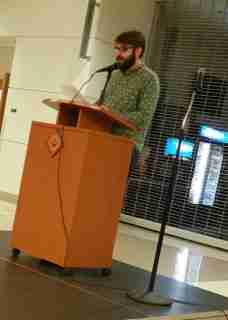
Ryan Tullis, coffeehouse MC, reciting a Sylvia Plath poem to warm up the audience and inspire others to come up and read.
October 26, 2017
Shaky hands and bated breath, soaring heights and impossible depths. Tentative steps are made across a stage, not knowing what will be on the next page.
Osceola Campus is having an open-mic style coffeehouse in its cafeteria at 7:30 p.m. on Nov 8, giving students an opportunity to express themselves and quench the seemingly universal need for art.
Individuals who attend this event are given the chance to read poetry, as well as perform songs and even short skits. Refreshments such as crackers, cheese, chocolate, fruit and coffee will also be served throughout its duration.
“It’s a place where creative people can share their [talent] in an environment where they’re accepted, appreciated, and not criticized,” Abbie Henry, head coordinator of the coffeehouse, stated.
Another shining feature of the coffeehouse is the tandem poem, a chain letter like poem, in which attendees each contribute one line that will ultimately make up a larger poem that is read at the end of the night. The poem is usually themed, and past subjects have included Valentine’s Day and Halloween. This allows individuals who would not normally consider themselves to be creative to get involved and feel artistic, which highlights the interactive nature of this event.
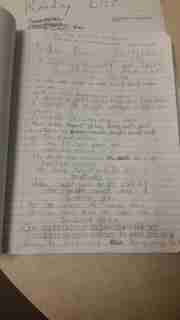
The coffeehouse is the brainchild of Henry, an instructional lab supervisor from Osceola Campus. She was inspired to create the event after witnessing the astounding creativity of Valencia students firsthand, through her experiences working at the Writing Center. “There were essays I would read where I would come across a sentence or image that was so profound or beautiful. … So, I knew there were students who needed a creative outlet,” Henry reflected.
After being contacted by Dean of Learning Support Services, Landon Shephard, Henry realized that there was a vehicle to create this forum of artistic expression. “As soon as I was hired for this position, Landon Shephard contacted me and several other people to set up an open mic that was primarily dedicated to spoken word poetry (at Osceola Campus),” Henry recalled.
After visiting the coffeehouse at East Campus and getting a sense of the general format, Henry took the initial framework and made her own revisions to give it a distinctive Osceola trademark. “I didn’t want it to be so professional and regimented, where people had to sign up a week or two in advance in order to perform. I wanted it to be relaxed, spontaneous and organic,” Henry said.
When it comes to the format of open-mic nights, there can be quite a bit of variety: from the content itself to the way in which it is presented. The Breezeway, a Sanford-based open mic night, focuses on displaying the talent pool of local musicians, as listed by Open Mic Orlando. The Falcon, an open mic night in Orlando, possesses a wider range of performances, according to Open Mic Orlando. This includes poetry, music, performance art and stand-up comedy.
The coffeehouse showcases an undeniable gravitation toward art that is characteristic of human nature. “We are social creatures and we communicate through art,” Wendy Tardieu, co-coordinator of the coffeehouse, said. This celebration of artistic expression allows people to bond in ways that traditional forms of communication are unconducive to. “That very night, a young woman sang ‘Hallelujah’ acapella. It was like this hush fell over the entire room and people started singing along. That was a pretty powerful moment,” Henry reminisced.

Given the profound effect art is capable of having on people, does its impact translate and transcend beyond the walls of college cafeterias? According to Open Mic Orlando, there are approximately 16 open mic nights in the Orlando area. Perhaps the prevalence of this type of event is influenced by a certain level of corporate investment. “I think if an event doesn’t generate a lot of money, it’s not seen as having much value,” Tardieu reflected.
The coffeehouse does not have a standard admission fee, nor are there any charges for the refreshments provided. This event is funded by Student Development, which may lead some to wonder what is the incentive in supporting an event that generates no revenue. After being redirected by Student Government President Rendi Vallve, Mitch Perez, a member of Student Development, stated that the main reasoning behind funding the coffeehouse is that it provides a platform for students to interact with one another, express themselves, and build a sense of community.
It seems that the intrinsic, communal and soul-stirring aspects of creative expression are what make art indispensable within the fabric of everyday society. “There are people that think they survive without art, but they don’t. They don’t realize when they watch a television show that moves them, that that’s art,” Henry insisted. The ubiquity of art and its cultural infiltration shapes human life in inescapable ways. “Art is everywhere. It’s even in commercials, on cereal boxes and on products. Most people don’t really understand how much art they view on a daily basis,” Tardieu stated.
Although art has been around for thousands of years, the astronomical technological advances of the past decade call into question its viability in the face of new forms of entertainment. Does an art form such as poetry have the ability to transcend time? “We have iterations of poetry on social media. We have basically what amounts to a haiku on Twitter. People have to express themselves and use careful word choice in 140 characters or less,” Tardieu expressed.
The innovation and malleability of social media platforms allows for poetry – and art in general – to grow and change with the times. “Poetry will always survive, but it won’t always be what we think of as poetry today,” Henry said. This signals an ongoing and expansive dialogue between the human spirit and art.


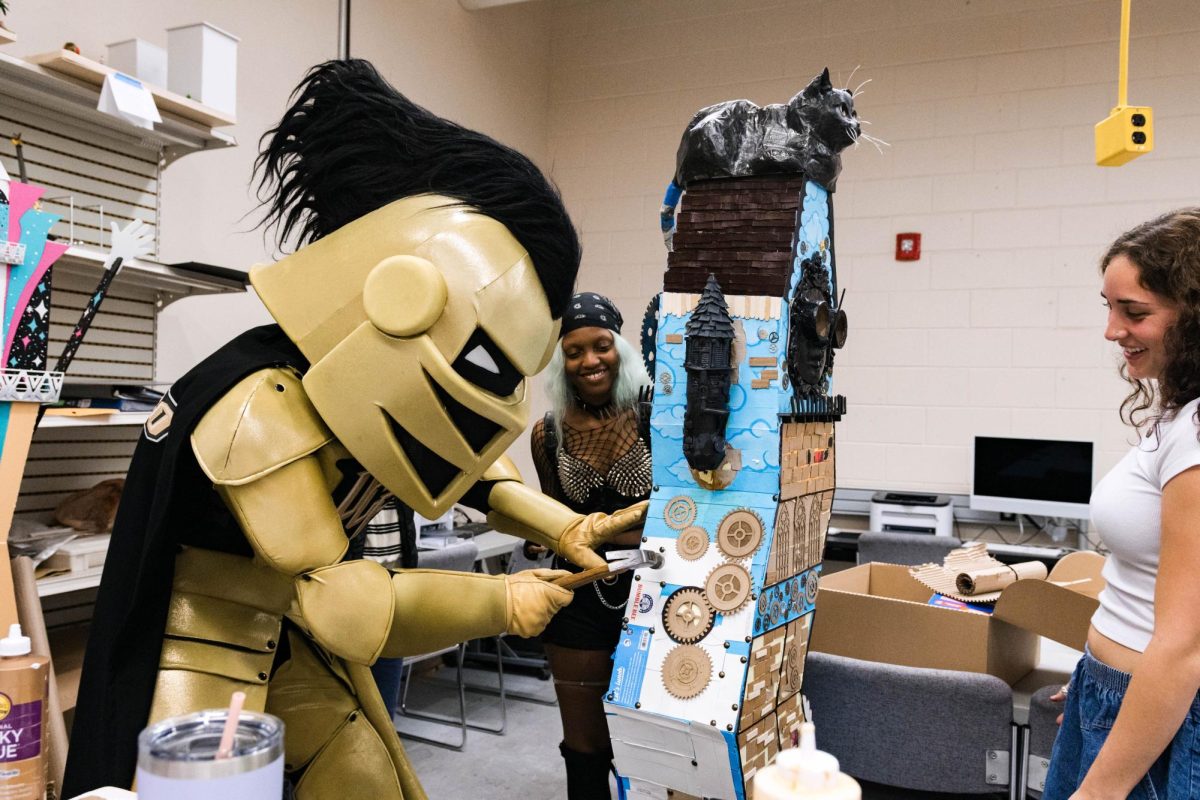
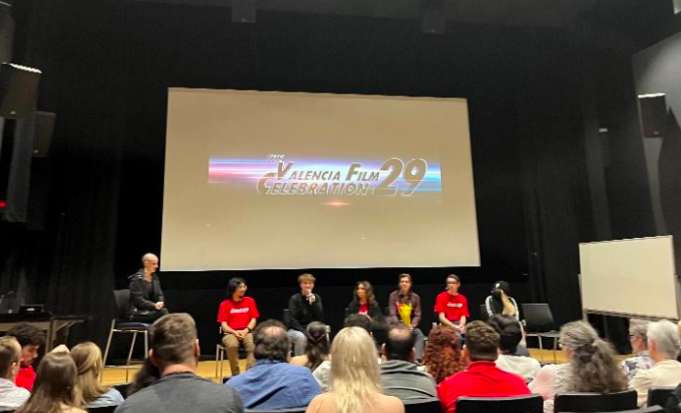
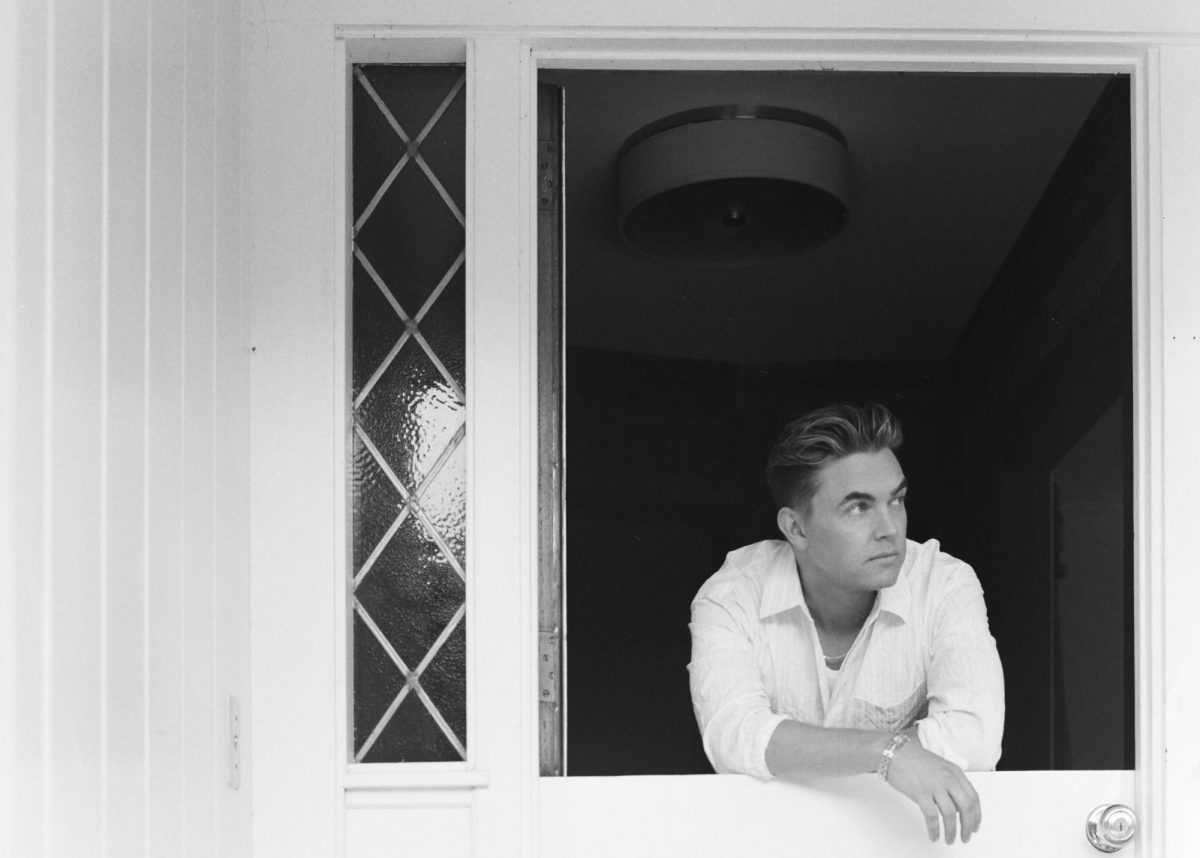
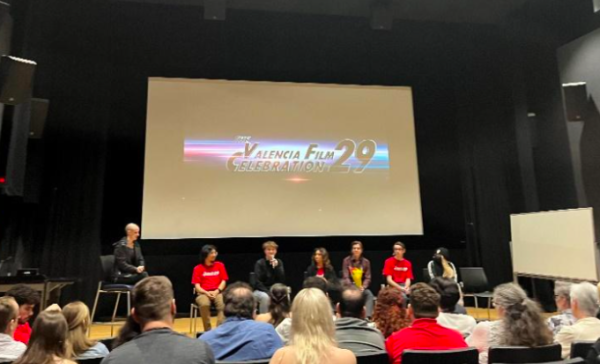
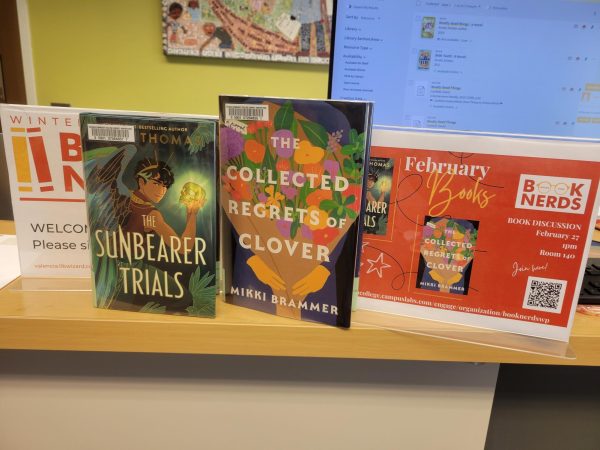
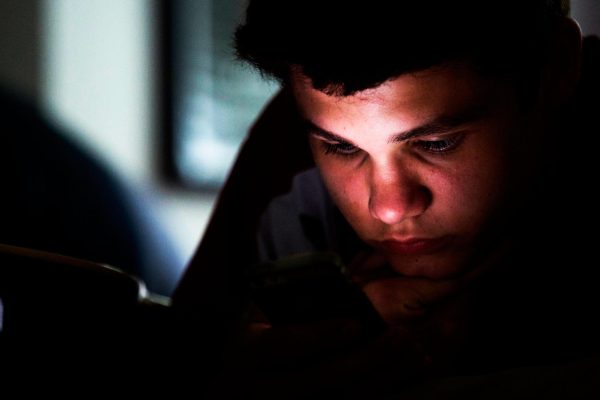


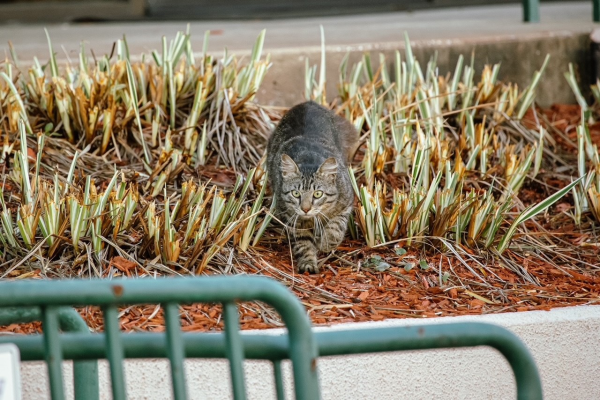
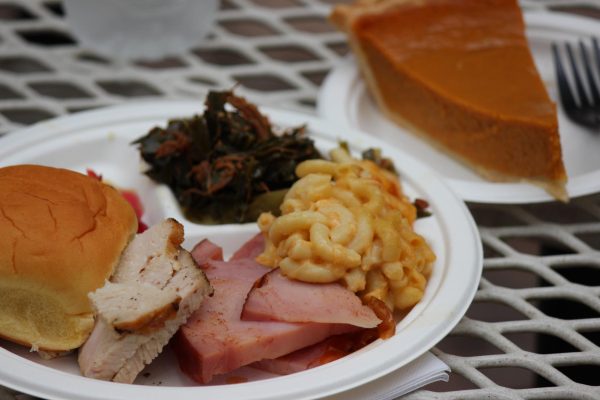

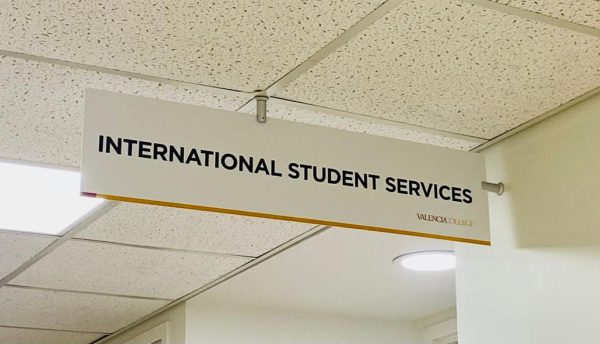
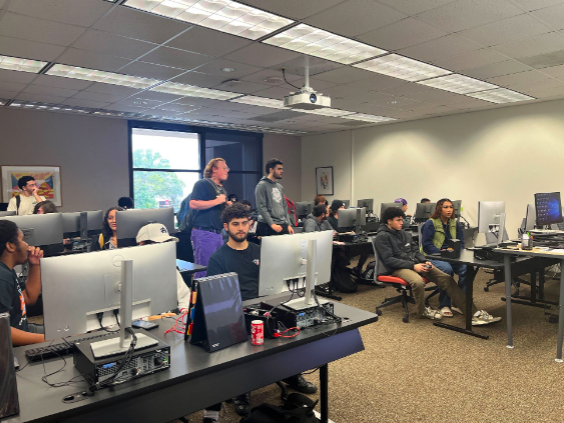
Robert McCaffrey • Oct 27, 2017 at 11:58 pm
Nice writing, Edward. Looks like a cool event.